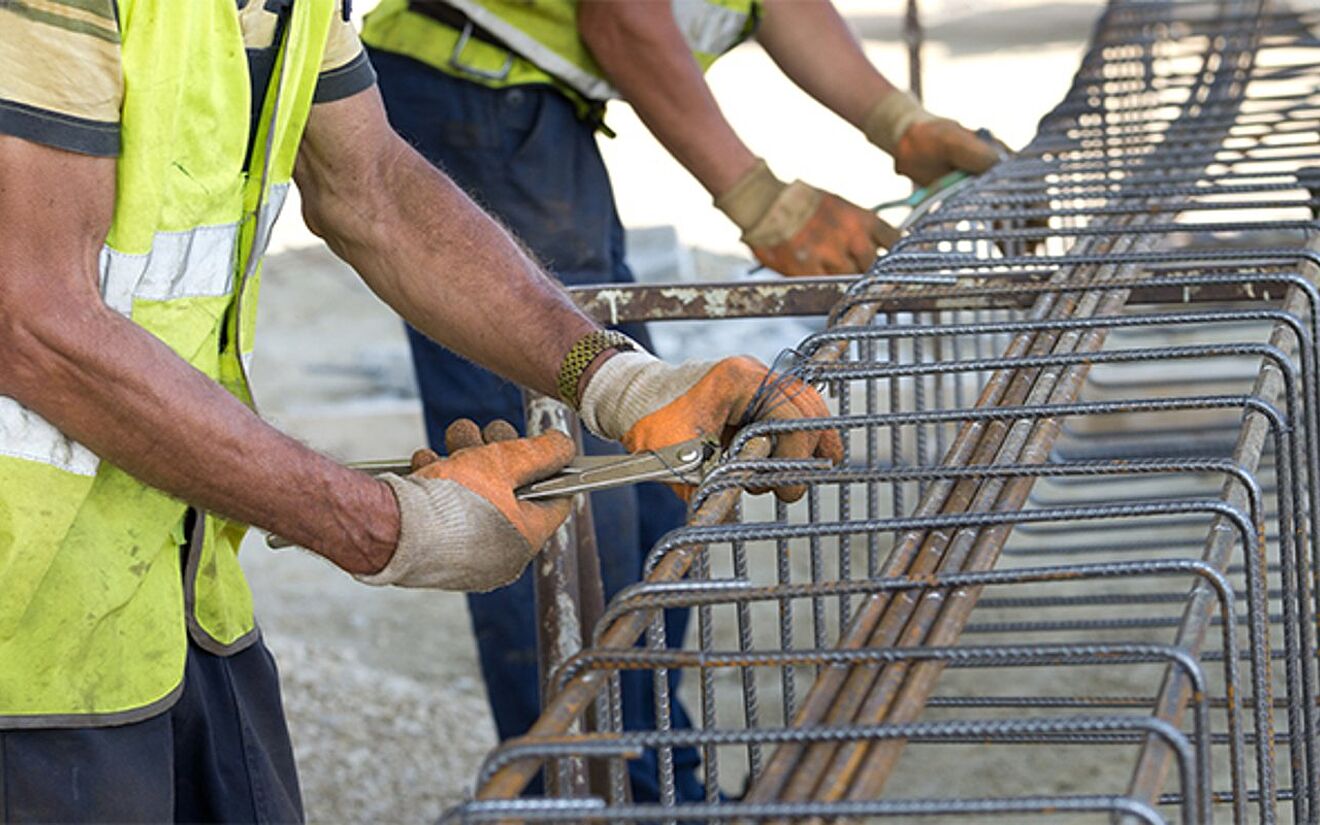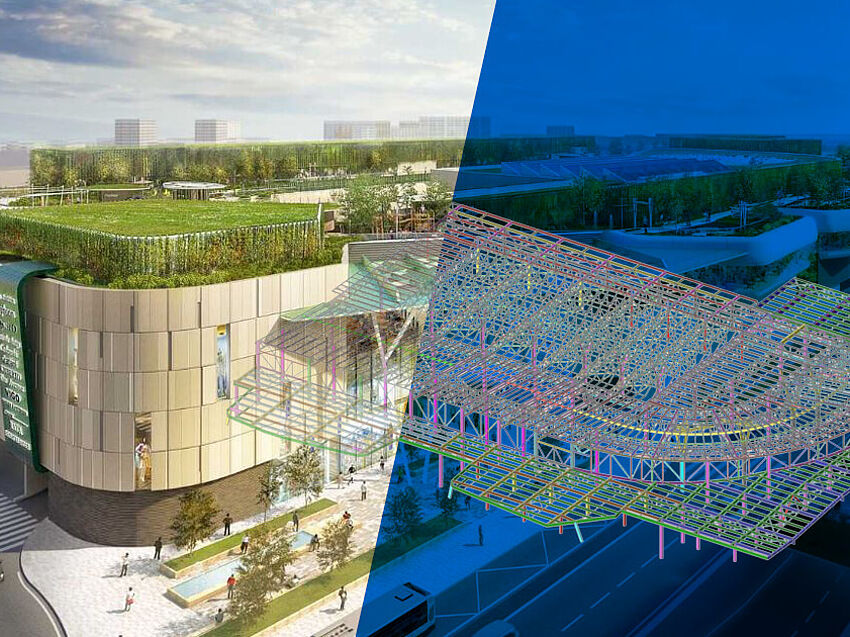Future-proof multi-generational living in a courtyard development
For a rebar detailer to do their job effectively today, they need a computer and the right software. In years prior, the common-held belief was that the drawing board detailer was much faster and more productive than the detailer working on the computer with CAD software. We would hear them out and give them that part of the argument only to counter with our own thoughts. Many thought you could be faster with the initial submission, or first round of drawings, but when it came to making changes, the software proved faster, because not everything had to be redrawn. The CAD software now is faster all around.
Now, another argument is brewing amongst us in the AEC; 3D and BIM, versus 2D. While 3D is a component of BIM, it is not BIM in and of itself. Most would agree that 3D rebar is faster than 2D rebar. In all actuality, it is not faster, but close to or equal in speed. However, there are real benefits to constructing in 3D and then detailing from that. There remains much scepticism as to the importance of 3D rebar at the detailing level. It may be hard to conceive of now, but 3D will be the only option in the future.
What is 3D/BIM to a Detailer?
In an age of technology, why wouldn’t 3D be important to a detailer? One can only imagine the significant value it can bring to their job. Visualization is the biggest plus. For a detailer, whether a junior or senior, to be able to see what they are creating in 3D, they’re able to better understand the various levels of development and can adjust to make things fit accordingly. When modeling a bar in 3D, you can see if that bar is sticking out of the concrete, interfering with other rebar, or interfering with other factors; such as, structural steel, mechanical or plumbing openings. With 2D modeling, there was no way to detect these clashes between the disciplines until they happened on site, causing strained communication and money lost in time and materials. It often wasn’t until two to three days before the pour that these problems were discovered. Additionally, if the rebar went out wrong or something changed in the field, the detailers would just cut and fix it. This makes for a very messy situation. Rebar detailers are not responsible for modeling any potential conflicting components, as they rely on receiving models from the other subcontractors and coordinating that way.
Model coordination is now key for a detailer to be effective, and to eliminate a lot of the site issues that occur. Each sub-contractor has their own model they work from. All these models can be brought together to detect clashes in BIM software. Rebar detailers need only worry about the structural steel components, like embedded plates, steel columns and beams. For plumbing and mechanical, they look for penetrations in the concrete and determine if the rebar works, or if these openings need to be adjusted.
It’s crucial for a detailer to see how their pieces fit together, like where a column intersects a beam and ties into a slab. They deal with problems such as bar congestion, bar layering, hook dimensions, lap locations and bar spacing, or lack thereof. The idea behind all the coordination, visualization is to make the job of the placers as easy and as smooth as possible.
Software & Rebar
Any existing or aspiring software company needs to understand the job and complexities of detailing rebar, and the workflow the detailers adhere to when creating the placing drawings. We understand, and we want potential clients to know we will do what is necessary to adapt and develop the essential tools that a detailer needs to effectively do their job. We truly believe that our software is the best available option on the market. We strive to be innovators who understand the needs of our customers, their customers, and the industry at large. We believe that behind every good detailer should be a great detailing program.




